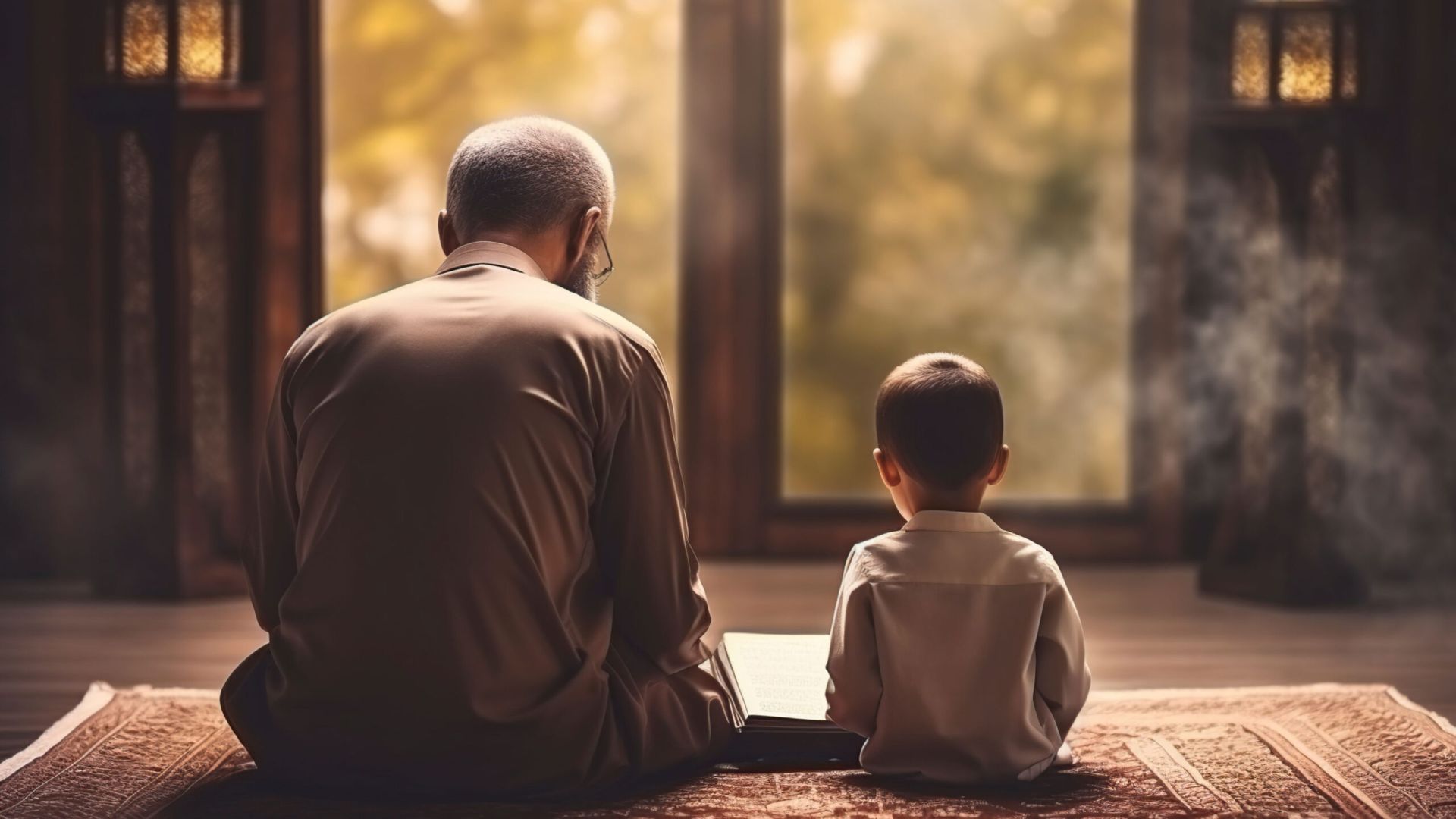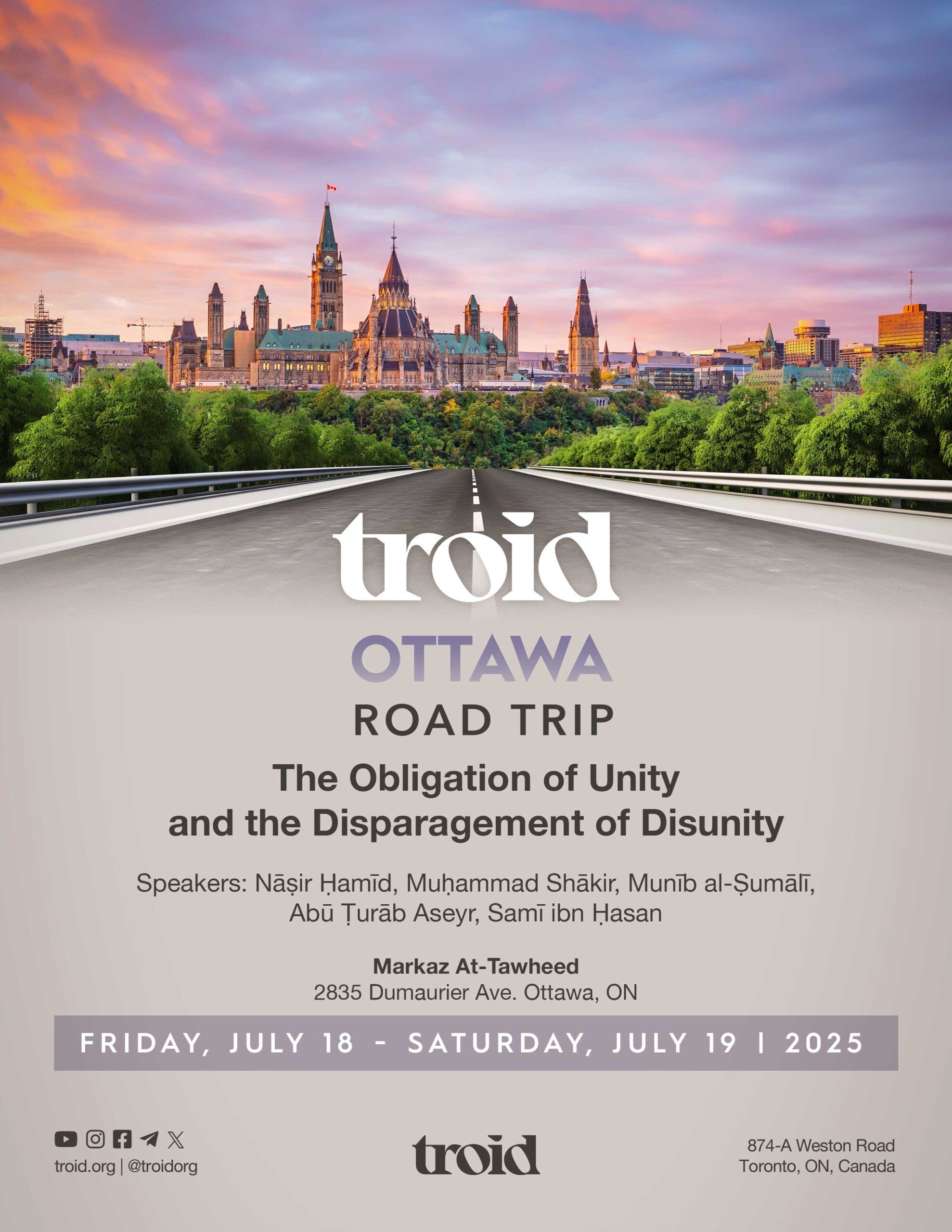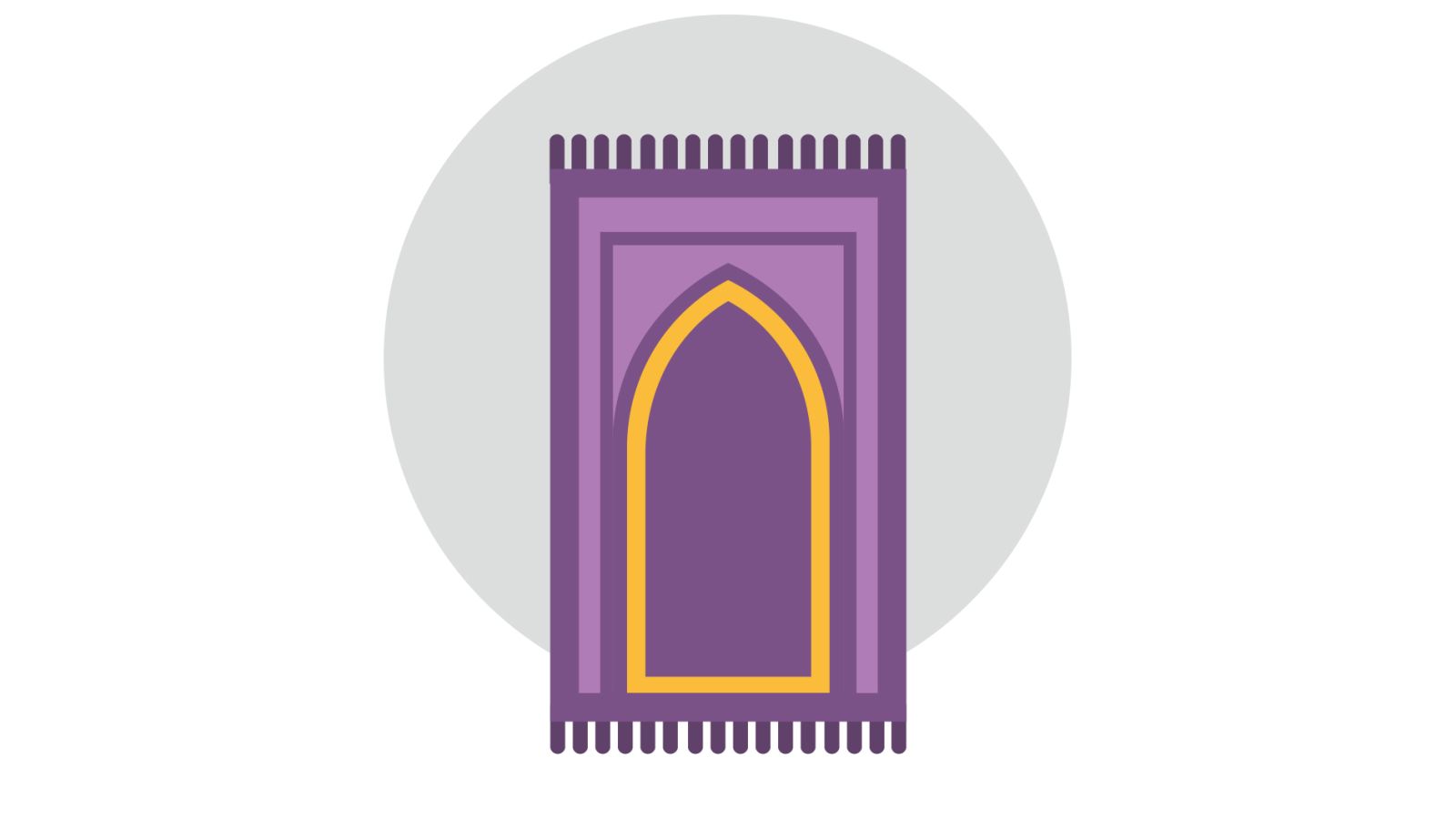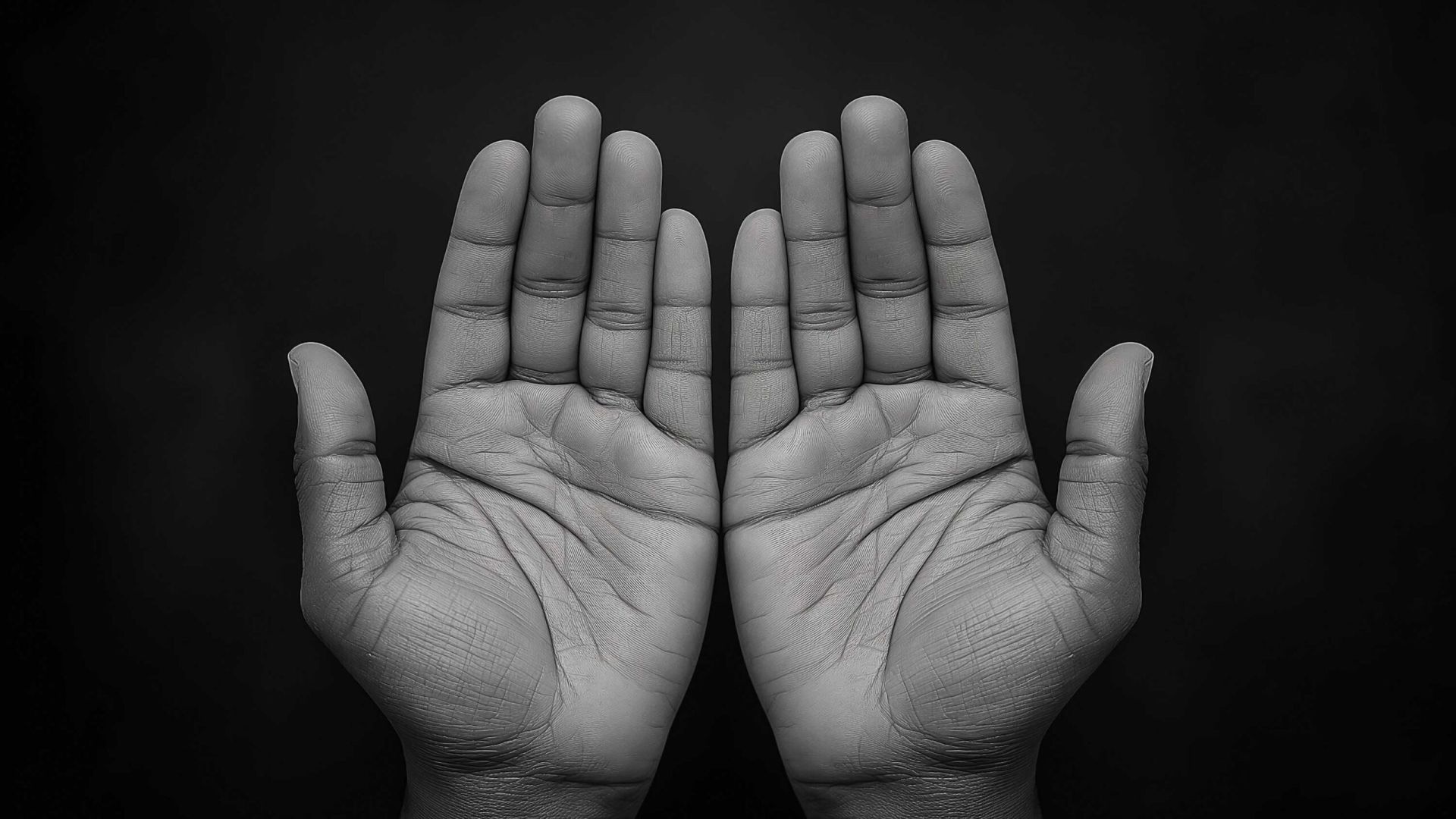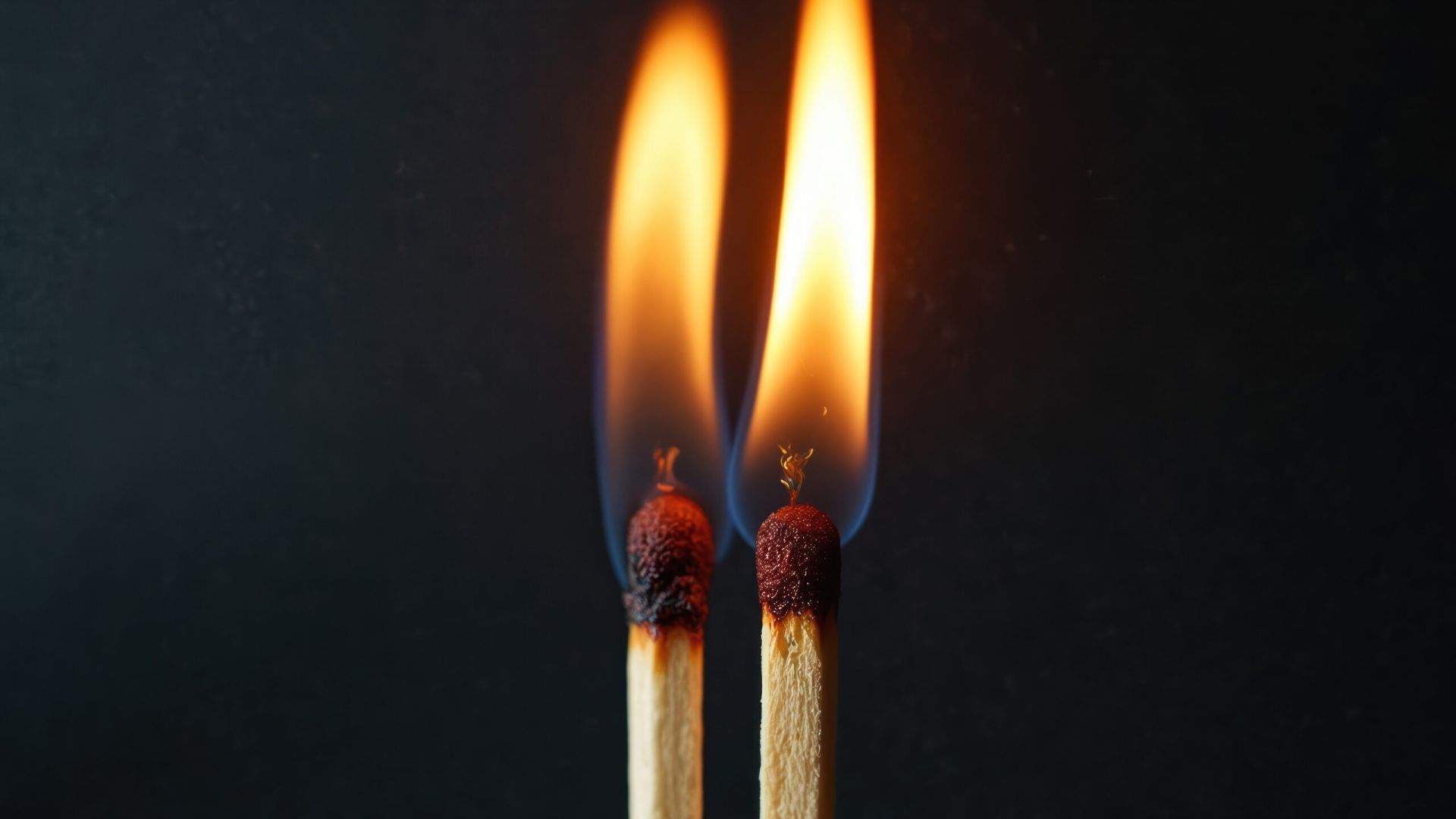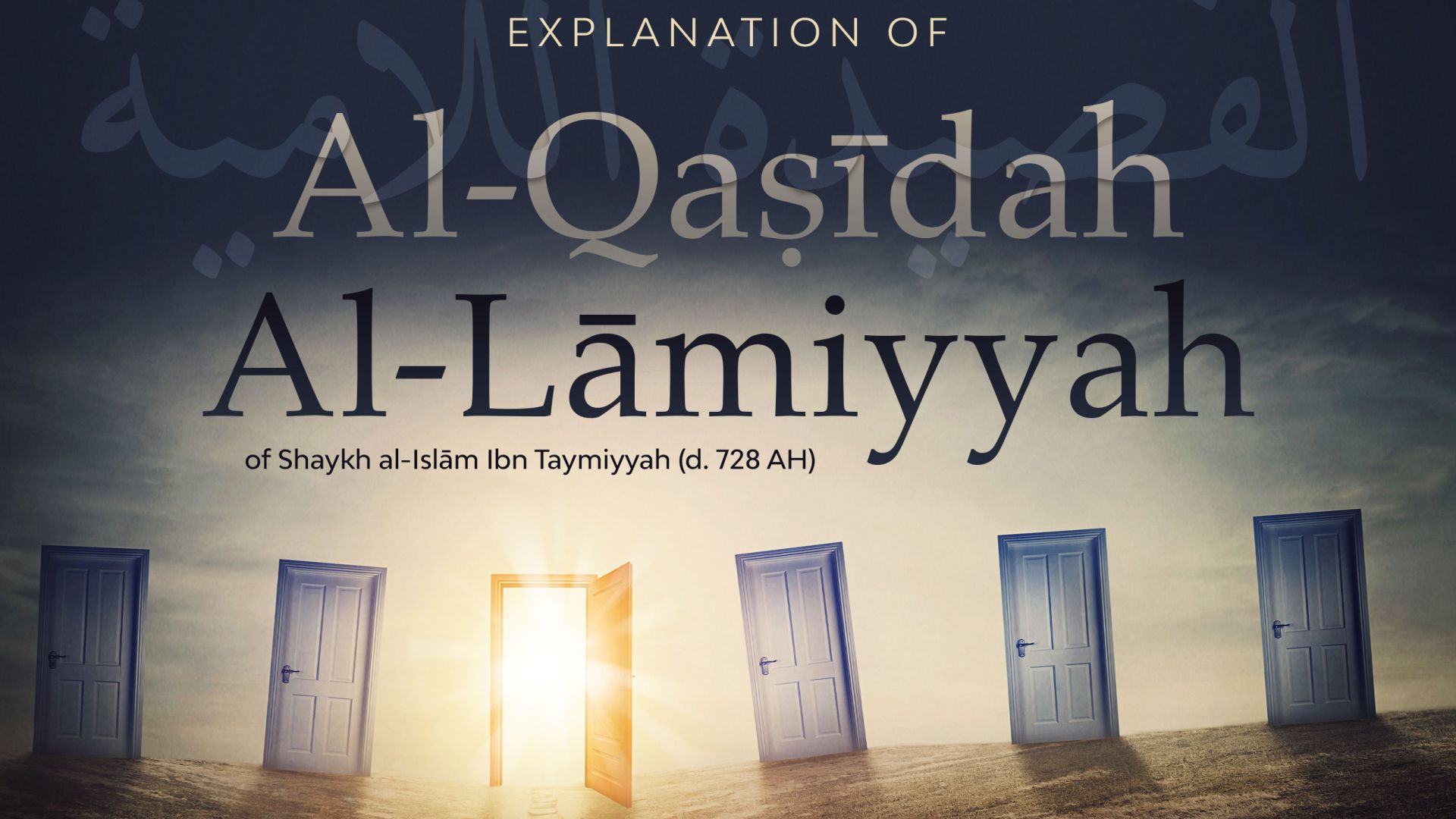Prostrating all Seven Parts of the Body
Shaykh Mūsá Richardson
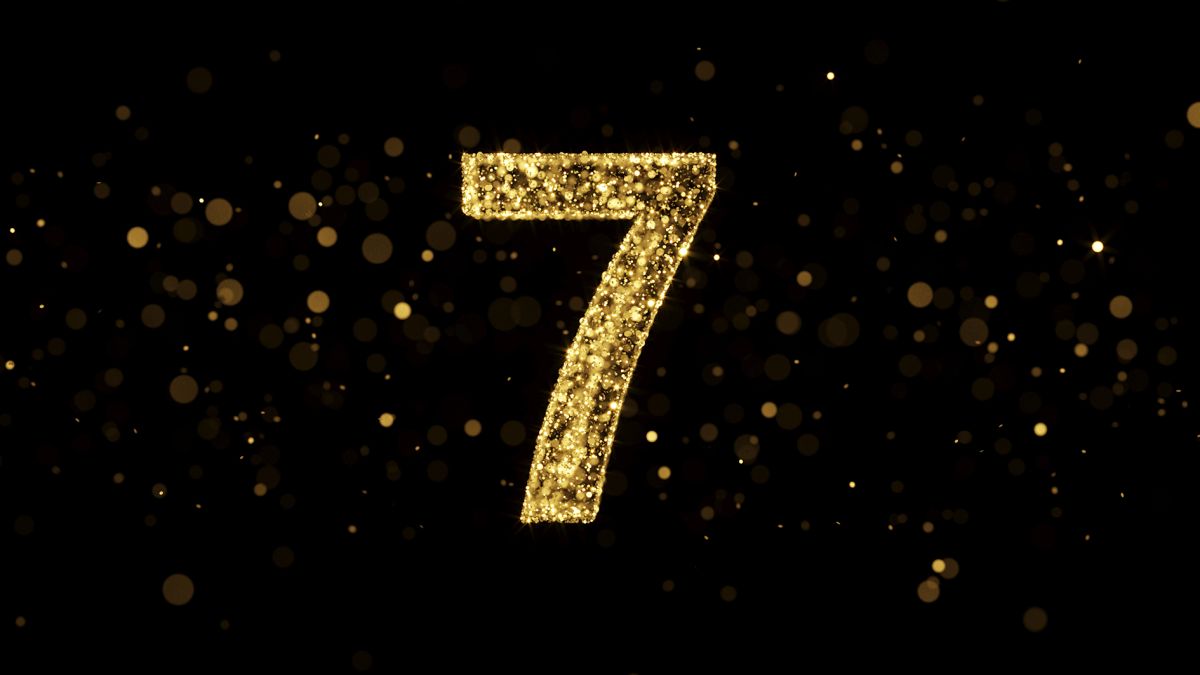

Sujūd is a rukn (pillar) of the prayer, meaning that if a capable person does not perform it, whether he left it intentionally or unintentionally the prayer would be invalid. If he did not perform a pillar unintentionally (out of forgetfulness for example), then he returns back to that position when he remembers and repeats what came after it in the prayer, completing it fully, and then adds two sajdahs at the end called sajdah al-sahw, prostrations made due to forgetfulness.
Al-salāmu ʿAlaykum
Shaykh Ibn ʿUthaymīn said:
It is not permissible for a worshipper to lift up any of these seven parts of the body when prostrating, because the Prophet (peace and blessings of Allāh be upon him) said: “I have been commanded to prostrate on seven bones: on the forehead, and he pointed to his nose, and on the two hands, the two knees and the edges of the two feet (i.e., the toes). Narrated by al-Bukhārī, 812; Muslim, 490. If he lifts up one or both of his feet, or one or both of his hands, or his forehead or nose, or both of them, then his prostration is invalid and does not count, and if his prostration is invalid then his prayer is also invalid. Liqaa’aat al-Baab al-Maftooh by Shaykh Ibn ʿUthaymīn, 2/99
Does anyone know whether your prayer will be invalid if you lift one of these limbs up out of forgetfulness and not deliberately, are there any fatawa on this? And do you stop the Prayer when you lift any of them up and start all over again (both praying alone and congregation).
Can someone clarify this; this issue has left me confused.
Jazakallah Khair
Wa ʿalaykumus-salāmu wa rahmatullāh
Sujood is a rukn (pillar) of the prayer, meaning that if a capable person does not perform it, whether he left it intentionally or unintentionally the prayer would be invalid. If he did not perform a pillar unintentionally (out of forgetfulness for example), then he returns back to that position when he remembers and repeats what came after it in the prayer, completing it fully, and then adds two sajdahs at the end called
sajdatay as-sahw, prostrations made due to forgetfulness.
This includes if a rukn (pillar) was not performed in a valid way, like in the example mentioned when a capable person makes sajdah on some but not all of the seven body parts.
I don’t really understand how someone, in reality, would just “forget” to put their feet on the ground, leaving them hiked up in the air (?!), or “forget” to put his hands down, perhaps leaving them in his pockets (?!), or forget to put his face down… since the sajdah is such a comfortable and natural position… Anyway, if he did forget to do any of those, then he is like the one who forgot to make the sajdah in the first place. That is because the sajdah which is a pillar itself is made up of seven necessary elements:
1) the face with both of the following on the floor:
a) forehead
b) nose
2/3) the two hands
4/5) the two knees
6/7) the two feet, the edges of the toes
that is based on the ḥadīth mentioned.
And the ḥadīth that proves that any missing action mentioned above would render the sajdah invalid is the ḥadīth narrated by Ibn ‘ʿAbbās (may Allāh be pleased with him):
لاَ صَلاَةَ لِمَنْ لاَ يُصِيبُ أَنْفُهُ مِنَ الأَرْضِ مَا يُصِيبُ الْجَبِينُ
“There is no prayer for someone whose nose does not touch the floor as much as his forehead.”
al-Albānī said that it was collected by Ad-Daaraqutnee, al-Bayḥaqī, and al-Ḥākim, who called it ṣaḥīḥ according to al-Bukhārī’s conditions and Ath-Thahabee approved of that verdict.
And in one wording collected by at-Ṭabarānī (used as support for the authenticity of the above narration):
مَنْ لَمْ يُلْزِقْ أَنْفَهُ مَعَ جَبْهَتِهِ بِالأَرْضِ إِذَا سَجَدَ لَمْ تُجْزِ صَلاَتُهُ
“The prayer of the one who does not place his nose along with his forehead to the ground when he prostrates is invalid.”
These narrations show the importance of the two parts of only one pillar of sujūd being fulfilled properly, and that if one of the two is missing or deficient, then the prayer is invalid.
al-Albānī says in conclusion, “This is an explicit text that shows that when the nose is not touching the floor the prayer is invalid.”
Refer to: Aslu Sifatis-Ṣalātin-Nabī (2/733-735) ṣallallāhu ʿalayhi wa-sallam
Knowing this issue is of the highest level of importance since it is related to the basic elements of a pillar of our religion, may Allāh bless us all with an understanding of His Religion.
I hope this helps make the issue clear, and Allāh knows best.
Most Popular: Last 30 Days
